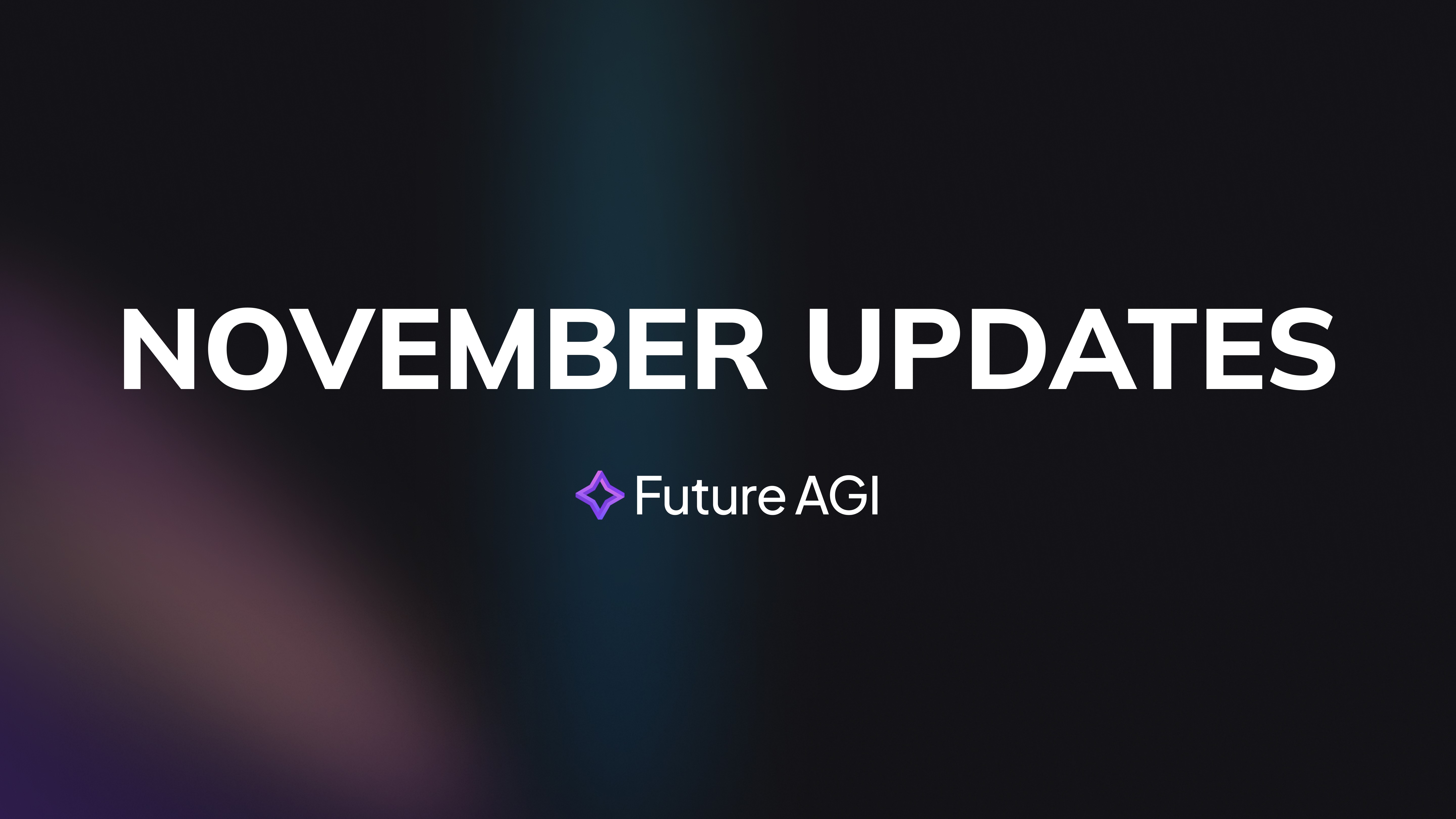Introduction
If you've ever been overwhelmed by the sheer amount of information available online or wished for a quick summary of lengthy documents, you’re not alone. In today’s fast-paced world, getting concise and relevant information is more valuable than ever. This is where Retrieval-Augmented Generation (RAG) for document summarization steps in. But what exactly does that mean? Let’s break it down in a simple and easy-to-understand way.
What is Retrieval-Augmented Generation (RAG)?
Imagine you’re writing an article and need to use information from several books or websites. You might first gather all your resources, pick out key facts, and then write your piece, combining your findings with your own words. RAG works in a similar way, but in a highly sophisticated and automated manner.
RAG is an advanced technique used in artificial intelligence (AI) that enhances a language model (like ChatGPT) by adding a retrieval component. Instead of generating information purely from its internal knowledge, the model can search for, retrieve, and use relevant content from external documents to produce more accurate and context-aware answers.
How Does RAG Work?
RAG combines two main parts:
Retrieval Component: Think of this as a search engine. When asked a question, the AI searches through a large set of documents to find the most relevant pieces of text.
Generation Component: Once the search is complete, the AI uses these retrieved texts to generate a meaningful and coherent response.

In the context of summarization, RAG extracts the key parts of a document and then presents this information in a condensed form that is easier to digest.
The Problem RAG Solves in Document Summarization
Most of us have tried to read a long research paper, legal document, or technical manual and found it exhausting. Traditional summarization methods can miss critical details or provide summaries that are difficult to understand. RAG-based summarization, however, offers a way to provide summaries that are not only more accurate but also adapted to the specific needs of the reader.
Real-World Example
Imagine you're a journalist covering a complex scientific study. With RAG, you could input the lengthy study, and the system would pull out the most relevant findings, highlight key data, and present an easy-to-understand summary. You’d get the gist without wading through pages of technical jargon.
Why RAG Is a Game-Changer
Accuracy: By pulling in relevant information directly from trusted sources, RAG can create summaries that are factually more reliable than those generated by models that only rely on built-in knowledge.
Relevance: RAG can customize answers or summaries based on real-time needs. For example, when you ask a model about a recent news event, RAG can pull up-to-date information to include in its response.
Efficiency: Summarizing long and complex texts becomes faster and easier, saving both time and effort.
Applications of RAG in Everyday Life
Legal Documents: Lawyers and clients often deal with complicated and dense documents. RAG-based summarization can break down legalese into plain language, making it easier to understand key points.
Medical Information: Healthcare professionals or patients might need quick access to the latest research or patient history summaries. RAG can provide digestible overviews without losing important details.
Business Reports: Executives who need to make quick decisions based on reports can benefit from concise yet comprehensive summaries generated by RAG.
Challenges in Using RAG for Summarization
While RAG is promising, it isn't perfect. Here are some challenges:
Data Quality: The accuracy of a RAG-generated summary depends on the quality of the documents it retrieves. If the source material is flawed, the summary may also be unreliable.
Computational Costs: Running a RAG model can be resource-intensive, requiring significant computational power.
Complexity: Developing and fine-tuning RAG systems is still complex, and implementing them effectively may require technical expertise.
The Future of RAG in Document Summarization
RAG technology continues to evolve, making AI more capable of handling complex tasks. We may soon see RAG being used more broadly, not only in professional settings but also as part of everyday apps and tools for summarization.
Imagine a world where you could upload any document—no matter how dense or technical—and get a perfect, tailored summary within seconds. That future may be closer than you think, thanks to RAG.
Conclusion
Retrieval-Augmented Generation (RAG) is revolutionizing how we handle and understand vast amounts of information. By combining search and generation capabilities, RAG delivers summaries that are accurate, relevant, and easy to comprehend. As technology progresses, the potential for RAG-based applications is endless, offering us new ways to make information more accessible.
Whether you're a student, professional, or simply someone who needs to quickly digest complex documents, RAG could soon be your go-to tool for cutting through the noise and getting straight to the point.












